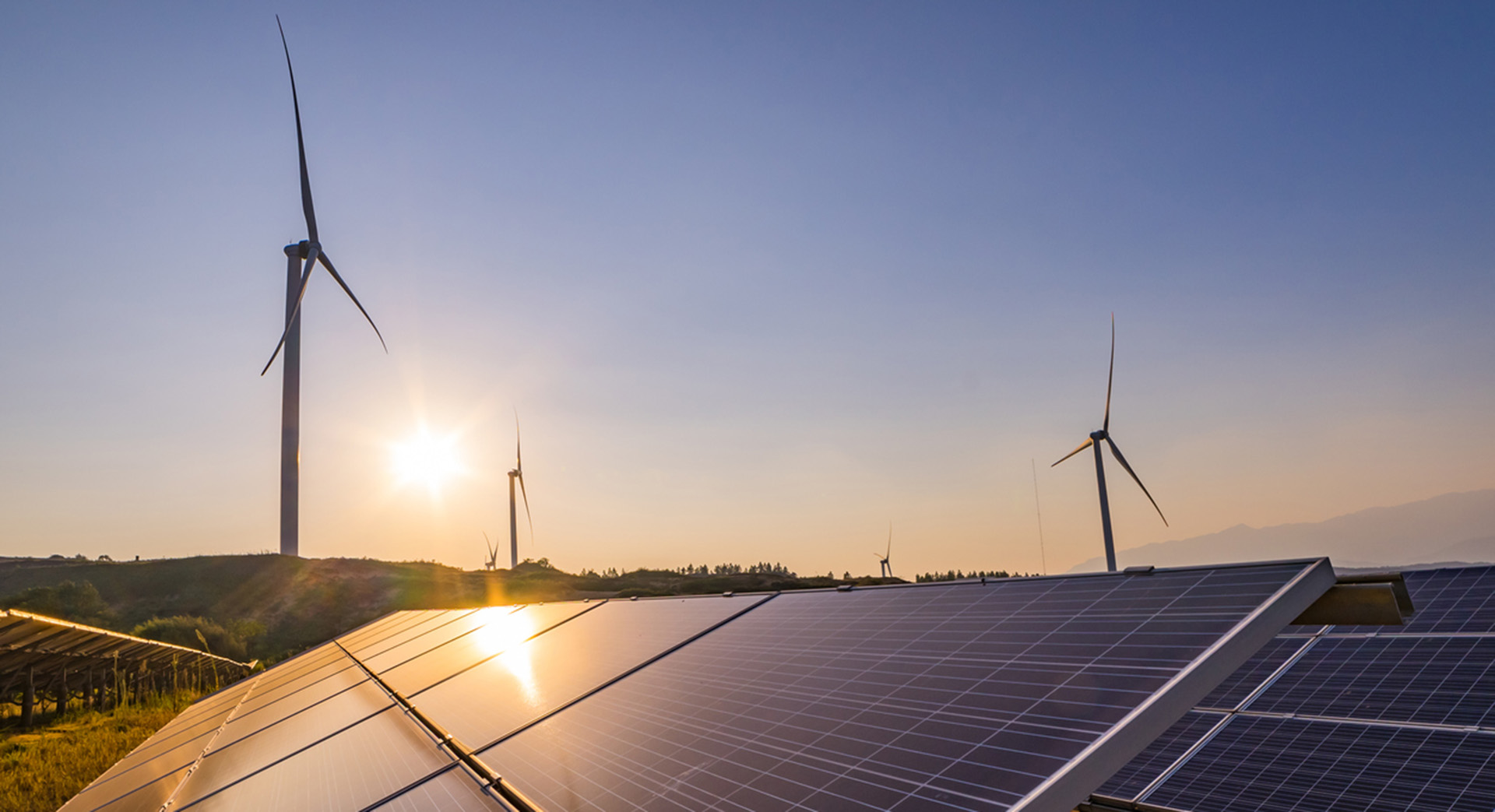For more than 125 years, Italy has stood out for the production of sustainable electricity from renewable sources. Italy has always been considered one of the world’s leaders in the production of hydroelectric power, an important renewable energy source (RES). Italy’s first large hydropower plant was activated in 1895 in Paderno (Lecco), on the Adda river. The geothermal power plant in Larderello (Pisa) has been in operation since 1911, and is renowned worldwide for its know-how and technological excellence. In addition to the above, there are also plants fuelled by New Renewable Energy Sources such as photovoltaic, wind, biomass (waste). The main contribution comes from solar energy, produced with photovoltaic systems connected to the grid or isolated. In 2017, they produced 7.3% of the national demand, a figure that is rapidly growing compared to previous years, considering that until 2010, this value was only around 0.5%.
How much renewable energy is produced in Italy?
The percentage of electricity demand met by renewable sources in Italy stands at around 35%. The European average is 34.2%.
Italy remains below the European average in RES used for the heating, ventilation, and air conditioning of buildings, which makes it fall behind in the ranking of total electricity consumption. The percentage of electricity produced from renewable sources is improving, also due to the fact that it is easy to increase and expand photovoltaic energy in Italy. Photovoltaic systems are an easy future solution for increasing zero-emission electricity production. The development of production from renewable sources is also a goal that does not depend on the import of polluting fossil fuels and electricity itself. The electricity requirement of 12.8% of total consumption in Italy is met by purchasing electricity from abroad, transported through the use of power lines and distributed in Italy through local transport and distribution networks. However, at certain times, Italy sells and exports electricity to countries interconnected to the grid, thanks mainly to efficient, flexible, modern, thermoelectric turbogas power plants, which can promptly intervene during peaks in demand.
The PNRR (Italy’s Recovery and Resilience Plan) and renewable energies
Mission 2 of the PNRR states: “the increase in the share of energy produced from renewable energy sources (#RES) in the system, in line with the European and national targets of #decarbonisation”, “Strengthening and digital transformation of grid infrastructures to accommodate the increase in production from RES …”. The #PNRR identifies electric mobility as a “lever to improve the overall quality of life (reduction of air and noise pollution …)”. The National Plan also foresees and estimates a new annual production of 2,500 GWh from photovoltaic systems, which will contribute to a reduction in greenhouse gas emissions of approximately 1.5 million tonnes of CO2 per year. It should also be considered that an electric vehicle recharged by solar panels is a zero-emission and zero-kilometre solution, hence highly efficient, defined as “from the source to the wheel”. The PNRR’s objective is to support the implementation of off-shore renewable energy sources, wind power (already developed in various Northern European countries), but also more experimental technologies, such as generators that exploit wave motion. The PNRR also takes into account the importance of the adoption of electric mobility for improving the quality of life in our densely inhabited cities, which are increasingly growing and will absolutely need to reduce and eliminate harmful emissions from the exhaust fumes of internal combustion engines, while considerably limiting vehicle noise.
The PNRR and storage systems for electricity from renewable and sustainable sources
Storage systems, together with so-called “smart grids”, are becoming increasingly relevant and functioning solutions for making the production and use of electricity produced from renewable sources more efficient and therefore strategic for Italy. The new smart grids will be able to store, for example, photovoltaic electricity during sunny days, of higher production, and then feed it back into the same electricity grid during days of higher demand, especially when the international grid would require more production, i.e. the intervention of traditional, non-renewable power plants.
Energy use in an electric car
An electric car uses energy much more efficiently than any vehicle with an internal combustion engine, a conventional engine, or even a hydrogen engine. An electric car, even if recharged by energy produced thermoelectrically (i.e. with a generator that consumes natural gas) undoubtedly produces electricity much more efficiently than a similar car with an internal combustion engine and fuelled by the same natural gas, making it significantly cheaper to run and less polluting. This is due to its technical characteristics, including electric distribution chain.
GLOSSARY
RES – Renewable Energy Sources
PNRR – Italy’s Recovery and Resilience Plan
NRES – New Renewable Energy Sources, photovoltaic, wind, biomass (waste)
